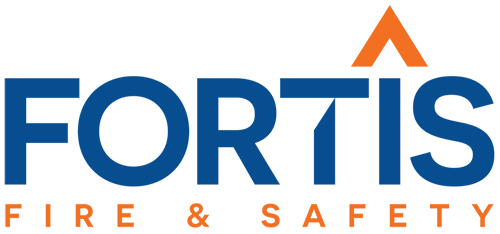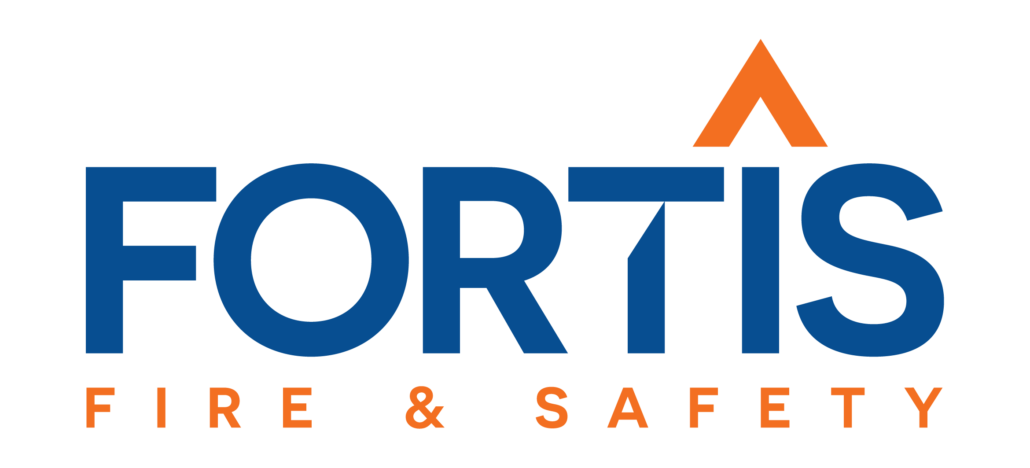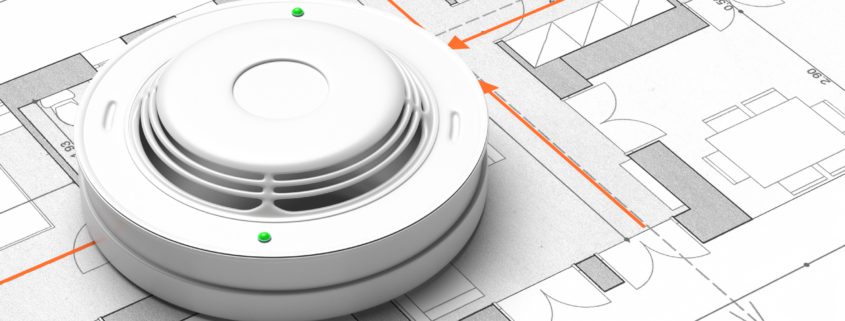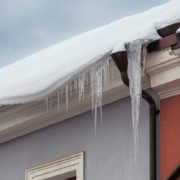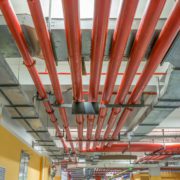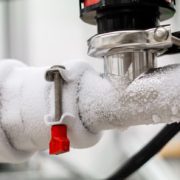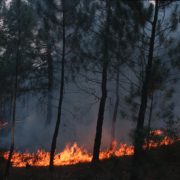Fire System Design/Build: Customized Solutions for Businesses
Fire safety is a critical aspect of any business, and designing and building a customized fire system is essential to ensure the protection of your premises, employees, and assets. A well-designed fire system tailored to the specific needs of your business can significantly reduce the risk of fire incidents and minimize potential damage. In this blog, we will explore the importance of fire system design/build services, as well as the key considerations and steps involved in creating a customized solution for your facility.
Building Safety from the Ground Up
Fire sprinkler design/build services are the foundation of a robust fire protection system. Unlike pre-existing fire sprinkler systems, design/build services provide a customized approach, tailored to your facility’s unique requirements.
Assessing Business Requirements
The first step in designing a fire system is to assess the unique requirements of your facility. Consider factors such as the size and layout of your premises, the nature of your operations, the presence of any hazardous materials, and the number of occupants. Conduct a thorough evaluation of potential fire hazards, identifying areas that require specific attention and protection. This assessment will provide a foundation for designing an effective fire system that addresses your business’s specific needs.
Engaging Professional Fire Safety Consultants
To ensure a comprehensive and tailored fire system design, it is advisable to talk with professional fire safety consultants. These experts have the knowledge and experience to assess your business requirements, evaluate potential fire risks, and recommend suitable fire prevention measures. They will work closely with you to understand your objectives, budget constraints, and any specific regulations or industry standards that apply to your facility.
Designing Fire Detection Systems
Fire detection systems play a crucial role in early fire detection, allowing prompt response and evacuation. Based on the assessment of your premises, a fire safety consultant will design a system that includes smoke detectors, heat sensors, and fire alarms strategically placed to maximize coverage. These devices should be interconnected so that when one is triggered, all alarms are activated, providing a timely warning to occupants.
Incorporating Fire Suppression Systems
Fire suppression systems are essential for controlling and extinguishing fires when they occur. Depending on your business requirements and the nature of fire hazards present, various suppression systems can be considered. Common options include automatic sprinkler systems, gaseous suppression systems, foam systems, and water mist systems. A fire safety consultant will assess the risks and recommend the most suitable suppression system for your business, ensuring that it complies with all applicable NFPA codes and regulations.
Integrating Fire Safety Equipment
In addition to detection and suppression systems, integrating other fire safety equipment enhances your overall fire protection measures. This includes fire extinguishers, fire blankets, and emergency lighting systems. The placement of fire extinguishers should be based on the types of fires anticipated in specific areas of your premises. Fire blankets are particularly useful for smothering small fires or covering individuals to protect them from flames. Emergency lighting systems illuminate evacuation routes, even in the event of a power outage.
Considering Building and Construction Elements
When designing a fire system, it is important to consider the building and construction elements that can affect fire safety. This includes the use of fire-resistant materials, the configuration of escape routes, the positioning of fire doors, and the availability of emergency exits. A fire safety consultant will assess these factors and recommend appropriate modifications or enhancements to ensure compliance with fire safety standards.
Installation and Compliance
Once the fire system design is finalized, the next step is the installation phase. It is crucial to engage qualified and experienced fire system installation professionals who are knowledgeable about local building codes and regulations. They will confirm that the system is installed correctly, all components are properly connected and functional, and the necessary permits and certifications are obtained.
Testing and Maintenance
Regular testing and maintenance of your fire system are vital to its ongoing reliability and effectiveness. Schedule routine inspections, testing of alarms and detectors, and servicing of suppression systems to identify and address any issues promptly. Establish a maintenance plan that includes regular checks, battery replacements, and equipment upgrades as necessary. Compliance with maintenance schedules ensures that your fire system remains in optimal working condition and continues to meet regulatory requirements.
Employee Training and Emergency Preparedness
Installing a customized fire system is only one part of the equation. It is equally important to provide comprehensive training to your employees on fire safety procedures and emergency preparedness. Conduct regular fire drills to familiarize employees with evacuation routes, assembly points, and proper use of fire safety equipment. Be sure that employees understand their roles and responsibilities during a fire emergency and know how to effectively respond to different scenarios.
Monitoring and Remote Notification
Consider incorporating monitoring and remote notification capabilities into your fire system. This allows for real-time monitoring of your premises and immediate notification to relevant personnel or emergency services in the event of a fire. Remote notification systems can alert designated individuals via mobile devices, enabling them to take immediate action, even if they are off-site.
Regular Review and Upgrades
Fire safety requirements and technologies evolve over time, and it is essential to stay up to date with the latest industry standards and advancements. Regularly review your fire system to identify any areas that may require upgrades or modifications. This may include adding new detection devices, upgrading suppression systems, or implementing advanced fire management software. Consulting with fire safety professionals can help you assess the effectiveness of your existing system and make informed decisions about necessary upgrades.
Final Notes
Designing and installing a customized fire system is a necessary investment for any business. By assessing your unique requirements, engaging professional fire safety consultants, and incorporating a comprehensive range of fire detection, suppression, and safety equipment, you can create a tailored solution that effectively mitigates the risk of fire incidents. Remember to prioritize regular testing, maintenance, employee training, and system upgrades to ensure ongoing compliance and optimal performance. Protecting your premises, employees, and assets from the devastating impact of fires is a responsibility that should never be overlooked.
Learn More About Fortis
At Fortis, we provide cutting-edge expertise in fire protection planning, design, and construction. We understand the challenges that modern facilities face and utilize our experience to find efficient and cost-effective solutions. From initial planning to acceptance testing and beyond, we offer a comprehensive suite of services.
We utilize the latest in computer-automated design to map out your system so we know the exact specifications before we even set foot on your job site. No need for drawings, we can map your facility and create blueprints from scratch.
We facilitate BIM coordination for new construction projects. We work with your BIM coordinator to load in our plans to avoid structural conflicts before they happen.
Additionally, all of our designers are NICET certified in their respective fields.
Learn more about our fire protection services, here.
